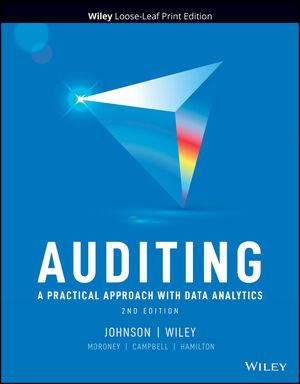Answered step by step
Verified Expert Solution
Question
1 Approved Answer
Problem 14-4A Condensed statement of financial position and income statement data for Roger Ltd. are shown below: 2016 ROGER LTD. Statement of Financial Position December




Problem 14-4A Condensed statement of financial position and income statement data for Roger Ltd. are shown below: 2016 ROGER LTD. Statement of Financial Position December 31 (in thousands) 2018 2017 Assets Current assets Cash $31 $80 Accounts receivable 894 705 Inventory 1,197 798 Total current assets 2,122 1,583 Property, plant, and equipment (net) 4,108 3,793 Total assets $6,230 $5,376 Liabilities and Shareholders' Equity Liabilities Current liabilities $600 $548 Non-current liabilities 3,066 2,327 Total liabilities 3,666 2,875 Shareholders' equity Common shares 994 994 Retained earnings 1,570 1,507 Total shareholders' equity 2,564 2,501 Total liabilities and shareholders' equity $6,230 $5,376 $200 502 504 1,206 3,183 $4,389 $496 1,508 2,004 994 1,391 2,385 $4,389 ROGER LTD. Income Statement Year Ended December 31 (in thousands) 2018 2017 Sales (all on credit) $4,488 $3,997 Cost of goods sold 2,506 2,082 Gross profit 1,982 1,915 Operating expenses 1,454 1,470 Income from operations 528 Interest expense 190 Income before income tax 338 Income tax expense 85 Net income $253 $237 2016 $3,580 1,814 1,766 1,503 263 69 49 $145 Calculate the receivables turnover ratio, inventory turnover ratio, and current ratio for all three years. Assume that the accounts receivable and inventory balances at the end of 2015 were equal to the balances at the end of 2016. The company does not have an allowance for doubtful accounts and all sales are on credit. (Round answers to 1 decimal place, e.g. 5.2%) 2016 2017 2018 times times Receivables turnover times times Inventory turnover times times Current ratio Calculate the gross profit margin for each year. (Round answers to 1 decimal place, e.g. 5.2%.) 2016 2017 2018 Gross profit margin LINK TO TEXT LINK TO TEXT LINK TO TEXT Calculate the profit margin ratio. (Round answers to 1 decimal place, e.g. 5.2%.) 2016 2017 2018 Profit margin LINK TO TEXT LINK TO TEXT LINK TO TEXT Calculate the debt to total assets ratio and the times interest earned ratio for all three years. (Round answers 2016 2017 2018 Debt to total assets % % times times times Times interest earned The company paid all dividends as soon as they were declared and has only issued common shares. There are no preferred shares. Retained earnings at the beginning of 2016 were $1.4 million. Calculate the cash dividends declared and dividend payout ratio for each year. (Round payout ratio to 1 decimal place, e.g. 5.2%.) 2016 2017 2018 Dividends declared (in thousands) $ Payout ratio LINK TO TEXT LINK TO TEXT LINK TO TEXT Calculate the asset turnover for each of the three years. Assume that total assets at the end of 2015 were equal to total assets at the end of 2016. Multiply the asset turnover for each year by the profit margin for each year from part (c) above to determine the return on assets for each year. (Round asset turnover to 2 decimal palces, e.g. 5.26 and return on assets to 1 decimal place, e.g. 5.2%.) 2016 2017 2018 times Asset turnover times times Return on assets LINK TO TEXT LINK TO TEXT LINK TO TEXT Calculate the return on common shareholders' equity for each year. Assume that common shareholders' equity at the end of 2015 was equal to that amount for 2016. (Round answers to 1 decimal place, e.g. 5.2%.) 2016 2017 2018 Return on common shareholders' equity
Step by Step Solution
There are 3 Steps involved in it
Step: 1

Get Instant Access to Expert-Tailored Solutions
See step-by-step solutions with expert insights and AI powered tools for academic success
Step: 2

Step: 3

Ace Your Homework with AI
Get the answers you need in no time with our AI-driven, step-by-step assistance
Get Started


